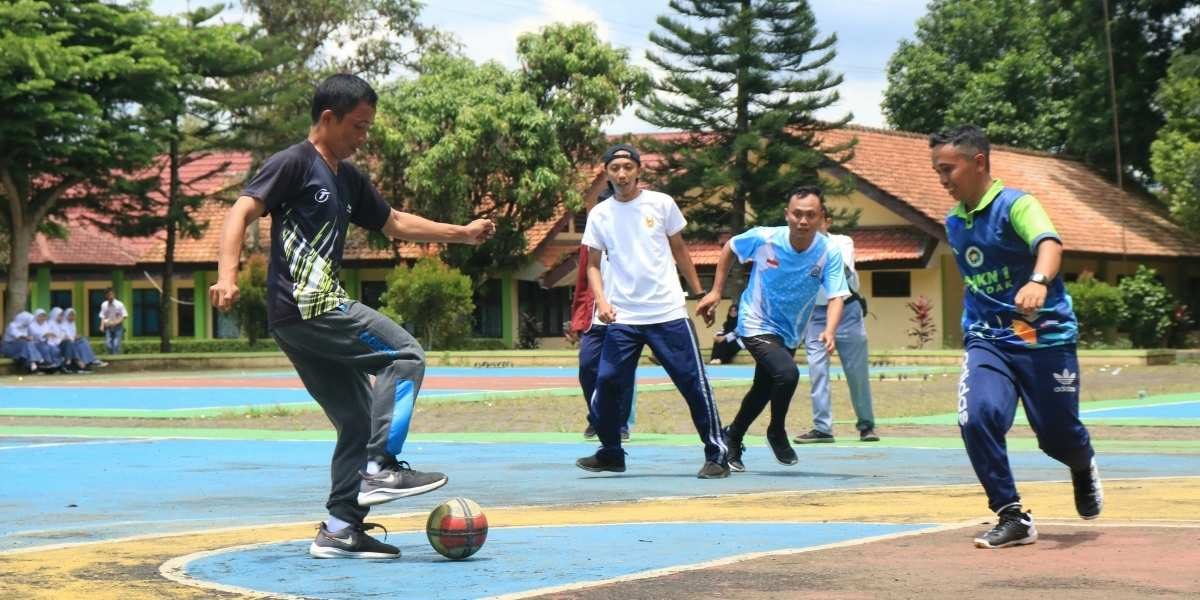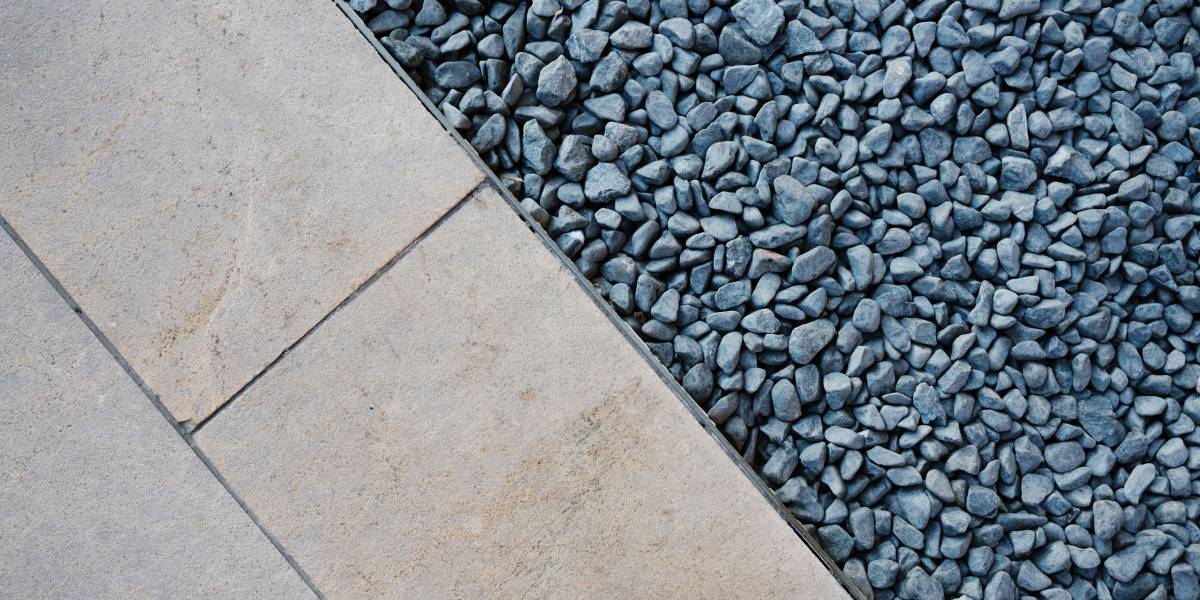How Does Sepak Takraw Blend Multiple Athletic Skills?
Sepak Takraw is a fast-paced, high-energy sport that uniquely combines the footwork and agility of football (soccer), the strategic teamwork of volleyball, and the acrobatic agility of gymnastics. Known as “kick volleyball,” it challenges athletes to use their feet, knees, chest, head, and shoulders to volley a ball over a net, often requiring them to make breathtaking aerial maneuvers.
The fusion of skills in Sepak Takraw is what makes the sport truly captivating. Players must have the endurance and flexibility of a gymnast, the precision and coordination of a soccer player, and the teamwork and strategy of a volleyball player. This blend of attributes creates a sport that is both physically demanding and visually spectacular. To excel in Sepak Takraw, players must be adept at controlling the ball while executing complex acrobatic tricks, such as the “spike,” “bicycle kick,” and “scissor kick,” which require precise timing and athleticism.
Read Also: Green Arenas: A New Era of Sustainability in Sports Stadiums
What Are the Rules and Gameplay of Sepak Takraw?
Sepak Takraw is typically played with two teams, each consisting of three players. The objective is simple yet challenging: to send the ball over a net without it touching the ground on your side of the court. The ball can only be touched using the feet, knees, chest, or head. Teams attempt to outplay one another by volleying the ball back and forth in increasingly complex patterns until a mistake is made, such as the ball touching the ground or a player violating the rules.
Scoring is based on rally points, and the game can be played in either “sets” or “matches,” depending on the competition format. In most competitions, the first team to score 21 points wins the set, and matches are played in a best-of-three format. If the ball touches the ground on a team’s side or if a player commits a foul, the opposing team earns a point.
Common fouls include touching the ball with any body part other than the permitted ones (feet, knees, chest, head, or shoulders), stepping over the center line, or making an illegal serve. The game requires immense coordination, reflexes, and tactical awareness, as the ball is often kicked in mid-air with incredible speed and force.
What Is the Cultural Significance and History of Sepak Takraw?
Sepak Takraw holds deep cultural roots in Southeast Asia, where it is considered not just a sport but an important part of the region’s identity. The game originated in Southeast Asia, with its exact history tracing back hundreds of years to ancient Malaysia, where it was known as “Sepaktakraw.” It became an established pastime in countries like Thailand, Indonesia, the Philippines, and Brunei, gaining prominence in rural areas before spreading to more urban locations.
The sport holds special significance in Southeast Asian nations, where it is often played during national festivals, school competitions, and cultural celebrations. It is a symbol of unity and national pride, with tournaments drawing large crowds and passionate fans. In Malaysia and Thailand, Sepak Takraw is widely viewed as a source of national pride, and the countries have produced some of the best players in the world.
The sport’s importance is also reflected in its role in promoting physical fitness and cooperation, especially among young people. As an accessible and inclusive sport, Sepak Takraw offers a way for individuals to come together, bond, and celebrate their shared cultural heritage.
What Makes Sepak Takraw’s Acrobatics and Athleticism So Spectacular?
The acrobatic moves in Sepak Takraw are one of the sport’s most exciting features. Athletes regularly perform gravity-defying kicks, flips, and aerial maneuvers to control and spike the ball. The “bicycle kick,” in which a player kicks the ball backward while flipping in mid-air, is perhaps the most iconic move in the sport. It is an example of the incredible agility and coordination required to play at a high level.
The sport demands not only extreme flexibility but also excellent core strength, balance, and timing. The ability to predict and react to the ball’s movement in a fraction of a second is crucial. Players often find themselves in mid-air, executing complex maneuvers to either block, spike, or pass the ball. These athletic feats require rigorous training and immense physical conditioning, and watching them unfold on the court is an awe-inspiring experience for both players and spectators alike.
How Is Sepak Takraw Growing on the International Stage?
While Sepak Takraw has deep roots in Southeast Asia, its popularity is spreading globally. It has been included in major multi-sport events such as the Asian Games and Southeast Asian Games, and its presence in these events has raised awareness of the sport outside of its traditional region.
Efforts to internationalize Sepak Takraw have been underway for several decades, with governing bodies like the International Sepak Takraw Federation (ISTAF) working to promote the sport in countries across Asia, Europe, and beyond. As more countries develop their teams and hold their own competitions, the sport is gaining a foothold in areas where it was once unknown.
The increasing visibility of Sepak Takraw on the global stage has also sparked interest in professional leagues, sponsorships, and international tournaments, making it more accessible to a broader audience. As the sport grows, it’s clear that Sepak Takraw has the potential to become a global phenomenon, attracting athletes and fans from all over the world.
Read Also: How Rugby Became a Global Phenomenon
What Is the Unique Ball and Equipment Used in Sepak Takraw?
One of the distinguishing features of Sepak Takraw is its ball, which is traditionally made from rattan. The rattan ball is woven to be both lightweight and durable, allowing for the fast, high-flying plays characteristic of the game. The ball’s size and weight vary slightly depending on the level of competition, but it is typically about the size of a volleyball.
Modern competitions sometimes use synthetic balls, which are more consistent in shape and provide better durability for indoor use. These balls are designed to withstand the powerful kicks and fast movements of the game. The court used in Sepak Takraw is usually similar in size to a badminton court, with a net height that varies depending on the competition (generally around 1.52 meters for men and 1.42 meters for women).
Players also wear athletic shoes for grip and comfort, and although the sport requires minimal equipment, the specialized ball and court are essential for the game’s unique style and play.








